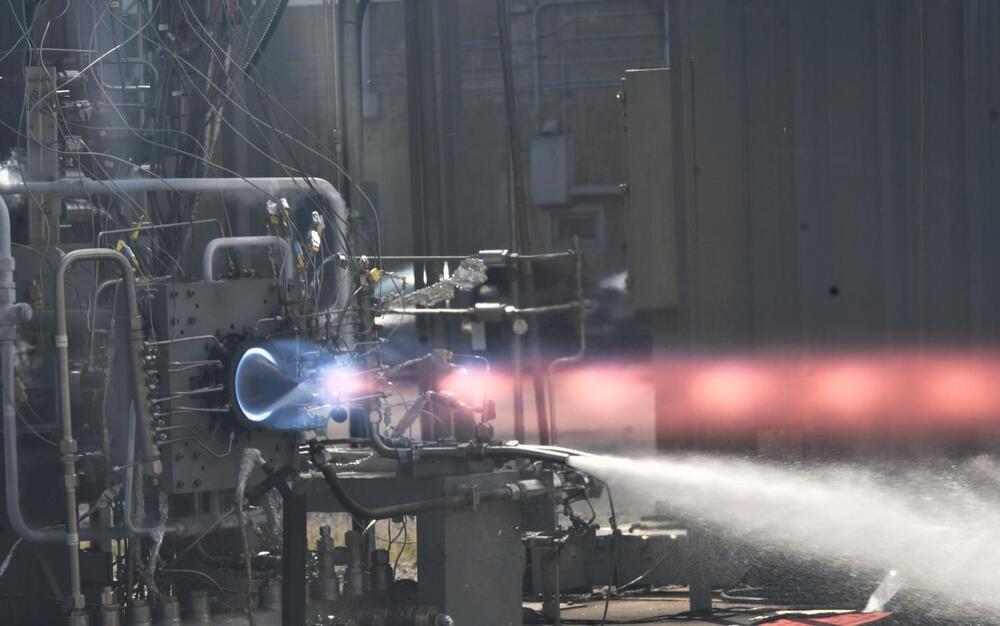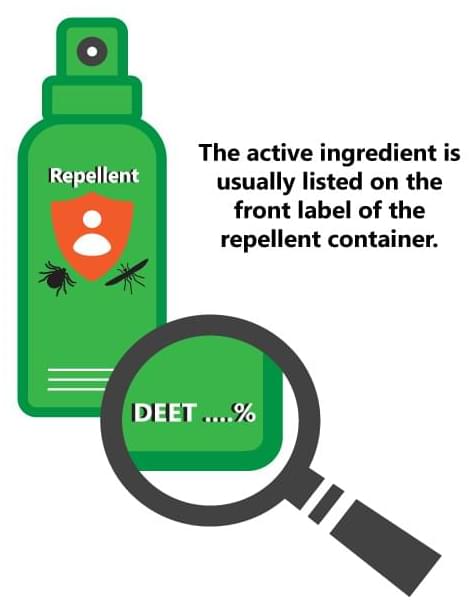In a recent study led by Lei Jiang, Ph.D., an assistant professor of molecular and cellular endocrinology, a team of researchers from City of Hope and the University of Texas Southwestern Medical Center, found a potential new target for treating patients with metastatic cancer. Their findings were published in the August 29 issue of the journal Cell Rep orts.
The goal of the team’s study was to elucidate the role of reductive carboxylation in redox metabolism, a process believed to be important for metastatic cancer. Reductive carboxylation is best known as a metabolic pathway that provides a molecule called acetyl-CoA so that it can be turned into lipids, which is mediated by fatty acid synthase (FASN). The FASN-mediated lipogenesis process supports rapid growth in most proliferating cancer cells, and increased FASN expression has been viewed as a metabolic feature of cancer cells. Thus, FASN is considered a potential target to block tumor growth.
New research has identified that preventing the metabolic adaptations needed for cancer to metastasize could provide a target for treating patients with metastatic cancer.









